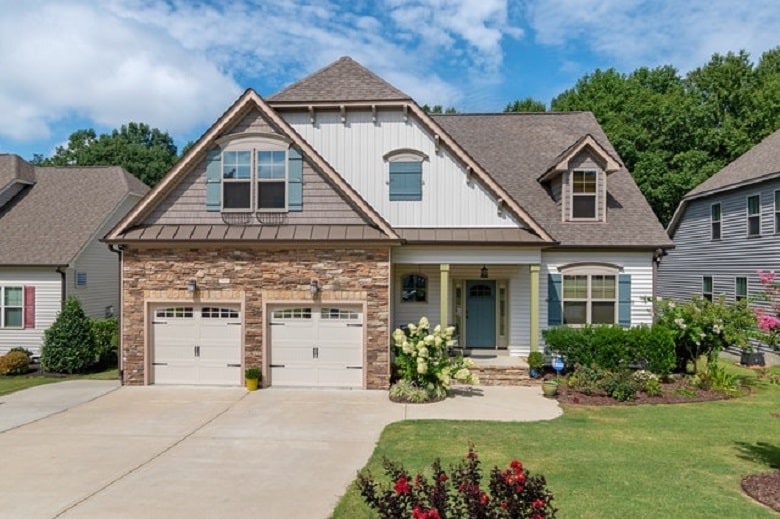If you are lucky enough to have some spare cash saved after the turbulence and turmoil of the last few years and the numerous negative effects of the coronavirus pandemic, then there can be no better way to spend your money than improving your home.
Furthermore, the environmentally conscious amongst you will naturally harbor a desire to create energy-efficient and eco-friendly features. So with this in mind continue reading to discover how to design a stunning eco-friendly home.
Install Water & Energy Efficient Facilities
One of the largest aspects of successful and sustainable eco-friendly home centers around how much water, heating, and electrical energy a house uses.
Therefore, the first change to make within your own property is to replace all of your existing facilities with more energy-efficient alternatives, including everything ranging from your lightbulbs to your central heating system and boiler (if you have the financial backing to do so).
Upgrade Your Windows & Doors
Another excellent way to substantially boost the eco-friendly nature of your property is to switch your existing window frames to entirely 100% timber windows. Not only will such a move mean your home is significantly more energy efficient and sustainable, but timber windows also provide a stunning and low-maintenance aesthetic that never ages or falls behind current trends in home design.
Sustainable Daily Goods
As well as changing the larger elements of your home, it is also incredibly important to spend time replacing the kind of toiletries and other products you and your family members regularly use in and around the home.
Examples of exceedingly affordable sustainable daily goods:
- Eco-friendly toilet paper
- Recyclable wrapping paper for gifts
- Energy efficient light bulbs
- Eco-friendly cleaning products
- Washable cloths
- Reusable shampoo and conditioner bottles
Introducing New Water Sources
As water is a non-renewable and unsustainable commodity, it is extremely important when re-designing your home along a more environmentally friendly basis to look at the way you access and store your water supply.
Collecting rainwater and using it in your kettle (if safe), your sink and even washing clothes is an incredibly sustainable move, as well as the management of the levels of grey water you produce and limiting the number of baths you run.
Consider The Size Of The Property
Obviously, it is simply not feasible when designing your home to knock down the entire building and start from scratch – building a smaller one in its place.
However, an environmentally conscious mindset involves not building a conservatory, extension, or extra outhouse on your land and instead choosing to plant more trees, shrubs, and flower bushes.
Use Eco-Friendly Materials
Another incredibly important element of your research should be to investigate local and sustainable materials when looking to build new items of furniture, both for inside and outside of the home.
Some of the main environmentally friendly materials that are both affordable and generally easy to source include, but are not limited to, bamboo, cork, recycled steel, sheep’s wool, recycled wood and even straw bales.











Leave a Review